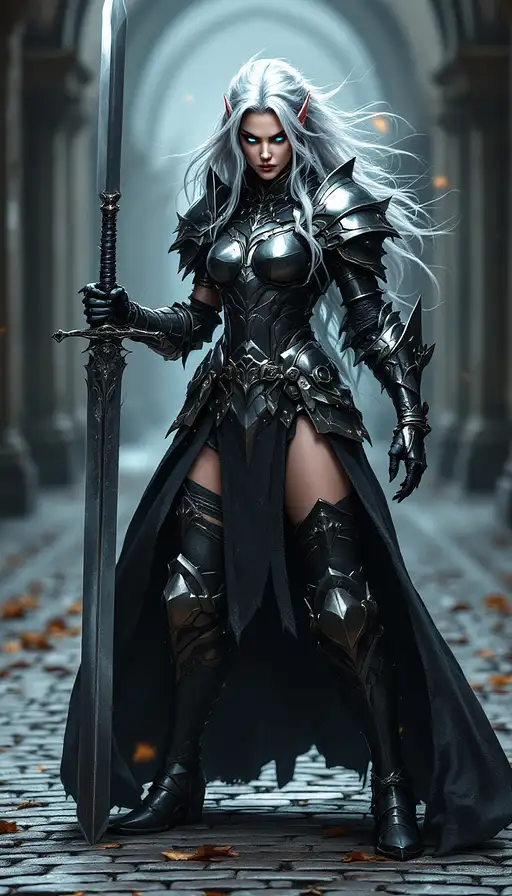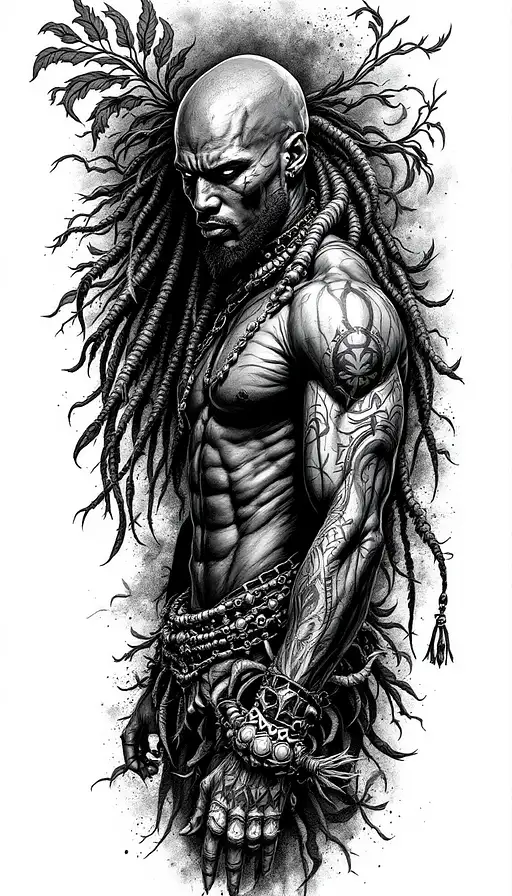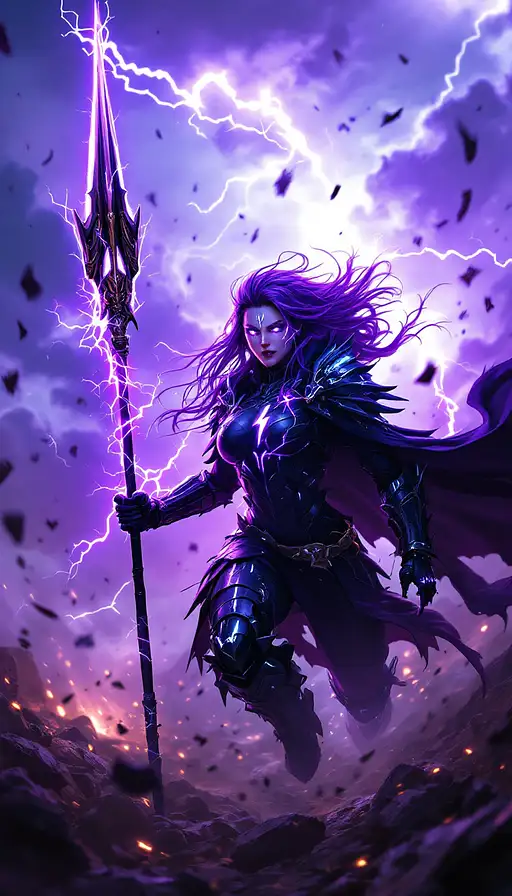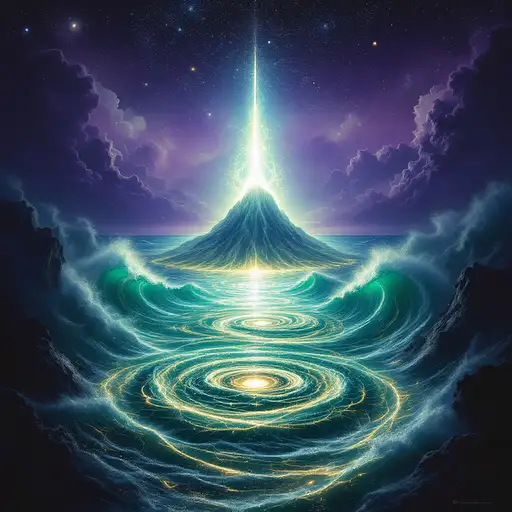7 months ago
The scene takes place on the vast cosmic ocean, with the great Mount Mandara positioned as the churning rod in the center. The gods (Devas) and asuras (demons) are depicted on opposite sides, their faces full of determination, their strength reflected in the dramatic tension of the scene.
Background:
The sky is a mesmerizing twilight gradient, moving from deep purples and midnight blues at the horizon to a lighter lavender near the zenith. The stars shimmer faintly, symbolizing the cosmic scale of the event. Above, the heavens glow with a soft celestial light, while on the horizon, a dim, ethereal moon reflects on the churning waters.
The ocean itself is tumultuous, with massive waves surging upwards, captured in mid-motion, each drop of water frozen in fine detail. Glowing whirlpools form where the great churning is taking place. The water has a mystical iridescence, shimmering with a variety of colors: turquoise, gold, and dark green, as if the ocean is alive and full of secrets.
The Participants:
The Gods (Devas):
Indra stands tall and majestic, wielding his thunderbolt (Vajra), his expression one of serene concentration. His armor gleams with divine light, radiating power.
Vishnu is depicted gracefully, his divine form resplendent, overseeing the churning process. He holds the churning rope (Vasuki), his presence radiating wisdom and composure.
Brahma, the creator god, observes from above, sitting on a lotus, his four heads turned towards the churning, reflecting the vastness of creation.
Lord Shiva, sitting in a meditative pose amidst the chaos, the crescent moon on his head, and the snake Vasuki wrapped around his neck, calmly watching the churning process. His third eye glows with anticipation, reflecting the divine balance he maintains between creation and destruction.
The Asuras (Demons):
King Bali leads the asuras, his large, imposing figure stands in stark contrast to the gods. His expression is fierce, his muscles bulging with strength as he pulls on the other end of the serpent, Vasuki.
The asuras are a mix of terrifying, muscular warriors, some with animalistic features: tusks, horns, and fangs, all exerting their full might in this eternal battle. Their armor is jagged and dark, imbued with a sense of chaos and destruction.
In the background, other asuras can be seen summoning dark, swirling energies around them, their eyes glowing with malevolent intent.
Mount Mandara:
The colossal Mount Mandara, serving as the churning rod, is surrounded by a stunning display of realism. The rock surface is textured, with intricate carvings of divine and demonic figures, bathed in a soft golden glow. Its base is anchored deep into the ocean, with massive waves crashing against its base, symbolizing the immense energy being released. The peak seems to disappear into the cosmic mist above, a symbol of its vastness.
Vasuki (The Serpent):
Vasuki, the serpent used as the churning rope, is a massive, ancient being, its body coiling around Mount Mandara and the hands of both the gods and the asuras. Its scales shimmer with a deep, emerald green hue, and the texture of its skin is ultra-realistic, glistening with droplets of ocean spray. Its eyes glow with an otherworldly, unsettling intensity, as if aware of the cosmic significance of the moment.
Elements of Action and Energy:
The churning creates powerful waves and torrents of energy that manifest as ripples of light and smoke. Sparks of divine energy and dark, chaotic streaks fill the air, symbolizing the clash between the gods and the asuras.
The water is alive with swirling energy, tiny bursts of radiance breaking through the foam as it churns.
A dramatic, golden glow emanates from the ocean’s depths, where the nectar of immortality (Amrita) is about to surface.
Atmosphere and Lighting:
The lighting in the scene is dynamic and dramatic, with rays of light breaking through clouds and illuminating the ocean and its participants. The gods are bathed in a divine glow, their figures radiant against the dark backdrop. The asuras are cast in shadows, their features highlighted by the harsh, angular lighting. The water itself sparkles with the interplay of light and dark, creating a contrast between the purity of the gods and the ferocity of the asuras.




